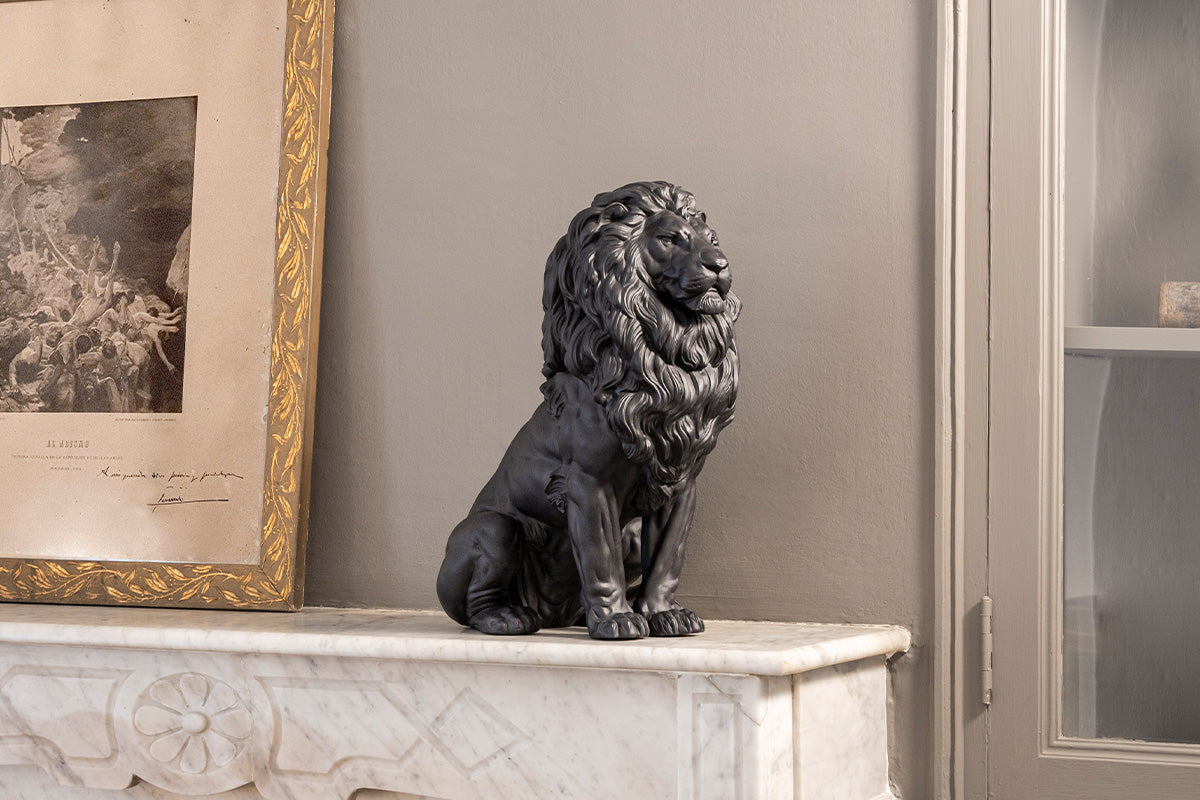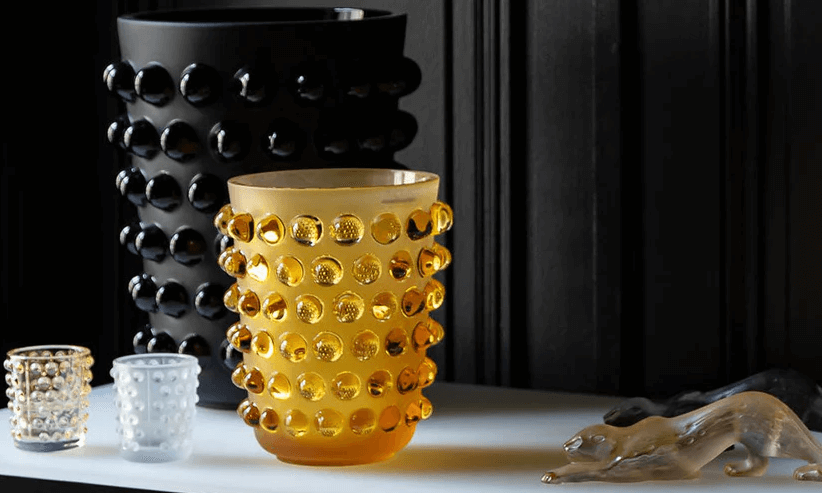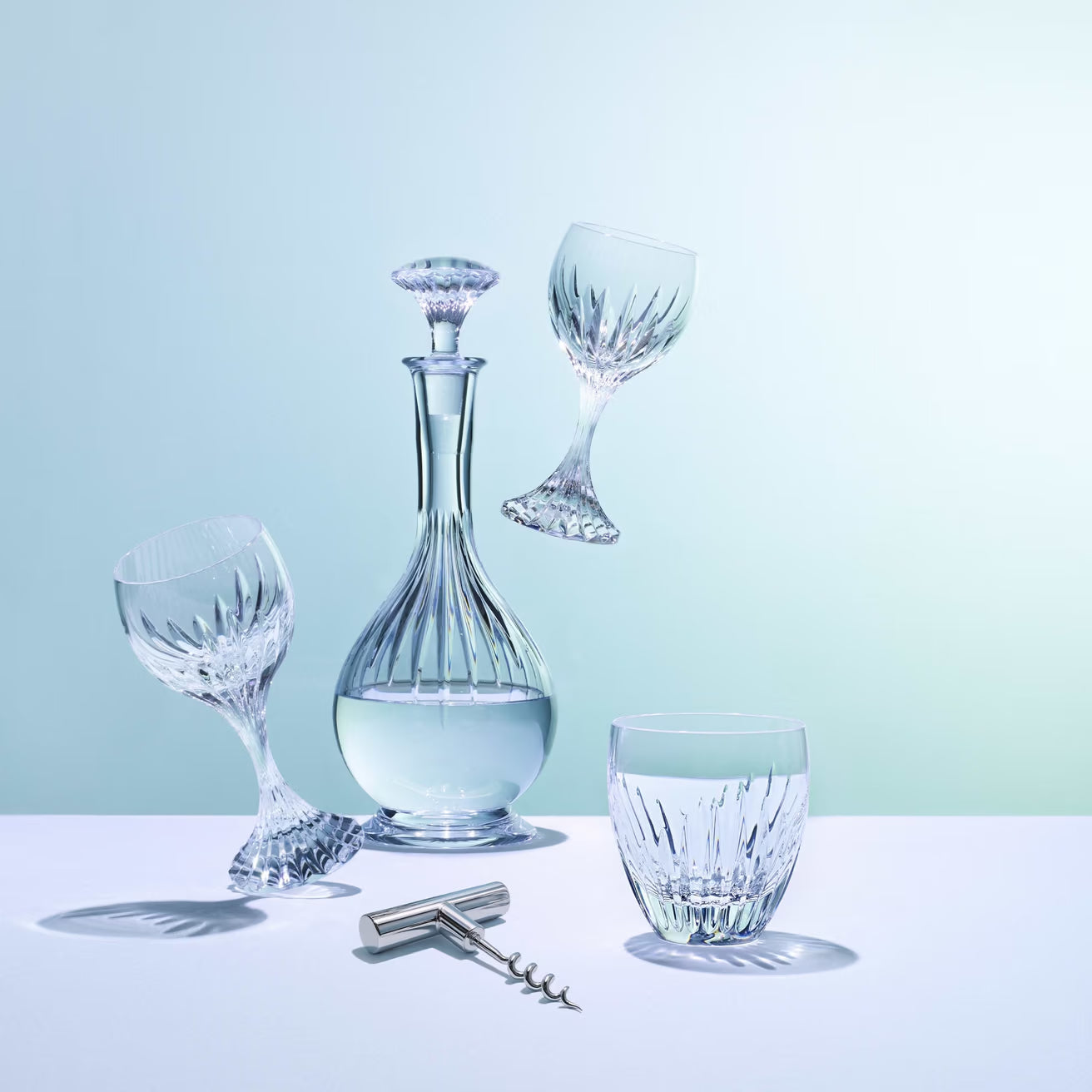Seeing is Feeling: Texture in Lladró Pieces
Tagged with:Art and Design
Share
Texture — you know it when you feel it on a physical surface, but do you know how to describe the textures of your Lladró pieces?
The smooth glossy finish on Passion and Soul highlights the movement of the dress.
An important thing to note is that texture is not always describing the physical feeling of a piece, but rather the illusion of how it appears to feel. Physical texture in art can be created in a variety of ways including cutting, tearing, or layering of materials. However, the implied texture is created through the use of other elements of art such as form, line, shape, and colour.
Dramatic shadows showcase the physiques in An Everlasting Moment.
The use of texture in Lladró pieces highlights the skill and artistic capabilities of Lladró artists. The contrasting textural appearances of Lladró pieces highlight different aspects of the piece and allow the viewer to interact with the art on more than just a visual level. For example, the smoothness of a glazed figure can highlight the movement and fineness of a woman figurine. Texture can also add depth to a piece and add likeness to more realistic natural or anatomical figurines.
The illusion of slippery texture on Koi Fish Sculpture Limited Edition is created using Enamel.
The primary way that Lladró communicates texture in their pieces is through the use of different finishes. For example, matt white porcelain doesn’t reflect light in the same way that glazed porcelain does. This allows Lladró’s matt pieces to pick up dramatic shadows rather than highlights, adding depth and texture to the physiques of figurines such as Hermes and An Everlasting Moment.

Rough rhino hide is mimicked using enamelling on the White Rhino Figurine.
Another example of finishing that adds texture is enamelling. Lladro uses enamel finishes to achieve various effects in different pieces. For example, in Lladró’s limited edition Koi Fish Sculpture, enamel is used on the seaweed to bring out the piece's depth and highlight the slimy, soft texture and fluidity of the weed, creating the illusion that it is wet or underwater. Another piece that achieves texture through enamelling is the White Rhino Figurine. The use of grey enamels creates the illusion of a rough, leathery texture like the hide of a live rhino. This adds further realism to the already anatomically correct piece.
Learn more about how Lladró uses Enamel to create texture.
Delicate porcelain lace adds texture to the Opening Night ballet sculpture.
Lladró also uses the form of the pieces themselves to add both physical and implied texture. The artful creation of Lladró’s traditional figurines uses line and form to create the illusion of softness and movement, particularly in the dresses of female figurines. The technical skill of Lladró artists is also used to create physical texture in these figurines, for example through the use of porcelain lace. This lace is incredibly difficult to make as it uses porcelain to emulate the look and texture of delicate french laces, containing many tiny holes and textural variations.
Learn more about Lladró’s Porcelain Lace.
The final way that Lladró communicates texture is through colour. For example, the Bold Blue and Bold Black collections use monochromatic colour to remove the visual clutter from a collection of pieces. In particular, the black pieces, which do not pick up light, remove all distractions and allow you to focus only on the physicality of the piece. This allows you to notice subtle textural details that would otherwise have been detracted from by colour and reflections of light.
Learn about Lladró’s Bold Blue and Bold Black collections.








